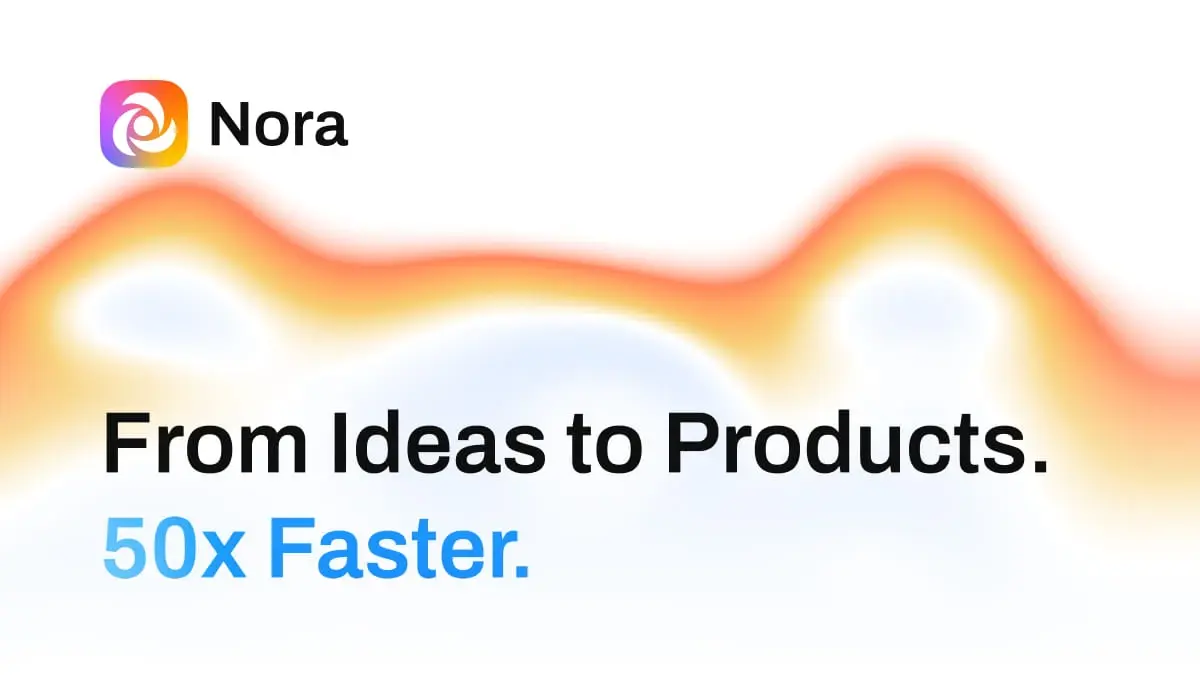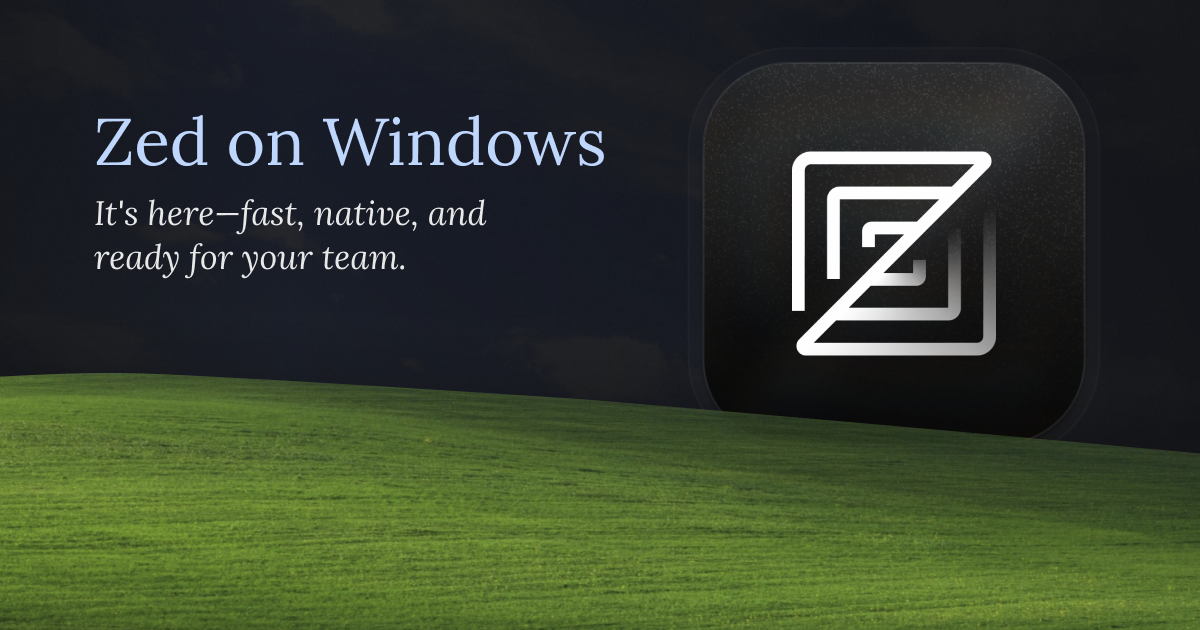- AI Breakfast
- Posts
- Google's Gemini 3.0 Confirmed
Google's Gemini 3.0 Confirmed
Good morning. It’s Monday, October 20th.
On this day in tech history: In 1971, the Stanford "Hand–Eye" project quietly produced one of the first systems to integrate vision, reasoning, and robotic manipulation. Its planner operated on symbolic scene descriptions parsed from noisy camera input. Most of the logs weren’t published until internal notes surfaced years later.
In today’s email:
OpenAI wants $100B by 2028
Google’s Gemini 3.0 Confirmed
Meta AI goes smart and controlled with self-learning bots
5 New AI Tools
Latest AI Research Papers
You read. We listen. Let us know what you think by replying to this email.
In partnership with WorkOS
Enterprise customers demand SSO, directory sync, granular permissions, and audit logs built to strict compliance standards. Building them in-house takes months and pulls focus from your core product.
That’s why companies like OpenAI, Cursor, and Vercel use WorkOS, the developer platform powering auth, identity, and security for B2B apps.
- Modular, developer-friendly APIs for SSO, SCIM, RBAC, and more
- A hosted Admin Portal for seamless customer onboarding
- Compliance features like SOC 2 and GDPR built in
1000+ companies already rely on WorkOS. Your first million MAUs are free.
See why the best build on WorkOS →
Thank you for supporting our sponsors!

Today’s trending AI news stories
OpenAI wants $100B by 2028, but GPT-5 hype and deepfakes could trip it up
OpenAI is chasing a growth trajectory few in Silicon Valley have ever dared, going from $13 billion in 2025 to $100 billion by 2028–2029. Hitting that in three years would break records since Tesla and Meta did it in seven, and ChatGPT alone will not get them there. The plan relies on ads, AI-driven commerce, and automated knowledge work, with the chatbot projected to supply just half of 2028 revenue.

Image: EpochAI
Hardware costs are a major bottleneck. OpenAI plans to cut up to 30 percent off its $35 billion accelerator spend through custom Broadcom chips. Analysts warn that bespoke silicon is risky, with massive upfront costs, complex design hurdles, and a real chance the chips could be outdated before deployment. OpenAI’s high-stakes strategy is bold but the margin for error is razor thin.
The company’s science ambitions hit an early snag when GPT-5 was briefly hailed for cracking ten Erdős math problems, only for the claim to implode, revealing the model had just pulled existing solutions. DeepMind CEO Demis Hassabis called the stunt “embarrassing.” Researcher Sebastien Bubeck later clarified that GPT-5 located published solutions, not new results.

Weil claimed GPT-5 solved classic Erdős problems, but the claim quickly unraveled. | Image: Stefan Schubert
Despite the backlash, mathematician Terence Tao noted the model’s real value lies in accelerating literature review, not autonomous proof generation. Now, OpenAI’s “AI for Science” team is putting GPT-5 Pro to work for real. The model can tackle complex astrophysics problems and rediscover key symmetries in minutes, work that would normally take human researchers days.
Statement from OpenAI and King Estate, Inc.
The Estate of Martin Luther King, Jr., Inc. (King, Inc.) and OpenAI have worked together to address how Dr. Martin Luther King Jr.’s likeness is represented in Sora generations. Some users generated disrespectful depictions of Dr.
— OpenAI Newsroom (@OpenAINewsroom)
2:05 AM • Oct 17, 2025
Sora 2 deepfakes sparked controversy when Martin Luther King Jr. videos drew criticism from his daughter, prompting the company to pause the feature and reinforce guardrails. The opt-in/opt-out system remains inconsistent, leaving Hollywood studios and talent agencies bracing for potential legal battles. Meanwhile, Sam Altman-backed Oklo is teaming with Europe’s newcleo on a potential $2 billion U.S. nuclear fuel project. Read more.
Google’s Gemini 3.0 Confirmed for Later This Year
Google’s AI Studio now has a unified Playground for Gemini, GenMedia with Veo 3.1, text-to-speech, and Live models, paired with a redesigned homepage that centralizes project management. Developers can track real-time usage and rate limits and save system instruction presets for reproducible outputs and scalable experimentation.

A single playground to spare you from context switching | Image: Google
Gemini models gain live Google Maps integration, allowing apps to pull structured data from over 250 million locations, including addresses, hours, photos, and ratings, while combining it with Google Search for context-aware responses. Use cases range from travel itineraries to real estate recommendations and logistics planning.
Later this year, Gemini 3.0 will debut as a fully multimodal agent handling voice, text, images, audio, and video, powered by Google Research, Google Brain, and DeepMind.
NotebookLM is also testing AI-driven Slides and Infographics tools using the Nano Banana model, including a new “Kawaii” style for bold, colorful visuals. Read more.
Meta AI goes smart and controlled with self-learning bots and photo edits
In the U.S. and Canada, Facebook users can now opt in for AI-powered photo edits straight from their camera rolls. Images are uploaded to the cloud for analysis but only used to generate suggestions, like collages, themed edits, and style tweaks, unless shared, blending private user data with broader AI recognition trained on public posts.

Image: Meta
In research, language agents now learn from their own actions using Implicit World Modeling and Self-Reflection, predicting outcomes and explaining why expert decisions work best. Using the ‘Early Experience’ training method, tests across eight domains with models like Llama-3.1-8B and Qwen2.5-7B showed 9–18 point gains, scaled effectively to larger models, and improved reinforcement learning performance.

Left: "Implicit World Modeling" teaches agents to predict what happens after trying different actions. Right: "Self-reflection" generates explanations for why expert actions work better than alternatives. | Image: Meta
Meta is also tightening safety and platform rules. Instagram will let parents block teen AI chats or monitor topics starting early next year, while WhatsApp will ban general-purpose chatbots via its Business API in January 2026, leaving only Meta AI for business messaging and limiting unanticipated AI traffic. Read more.

Figure AI CEO Brett Adcock says the robotics company is building 'a new species'
Microsoft Copilot adds Sora 2 video, shopping hub, and Mico tutor
Andrej Karpathy bets on data quality over model bloat for next-gen AI
Watch: Caltech’s humanoid just deployed a drone from its back, landed it, and drove off as a rover
Even the inventor of 'Vibe Coding' says vibe coding can't cut It
A San Francisco billboard skewers AI hype with a parody site for the “post-human future”
Researchers show simple sampling tweak can make language models act more human
Recursive LLMs chew through 10M+ tokens without losing context
Wikipedia says AI is causing a dangerous decline in human visitors
Meshy 6 Preview is the first 3D tool with AI-driven sculpting features
Bubble launches AI agent to merge conversational coding with visual app building
SwiReasoning lets LLMs flip reasoning modes on the fly to boost accuracy and cut token use
Hugging Face launches Omni Chat, an AI router for open source models
Watch: 16,000 drone light show sets Guinness World Records in Liuyang China
Meet the Gen Z startup grinding 996 hours to overhaul America’s roads with AI
Ex-OpenAI researcher shows how ChatGPT can trap users in delusional loops
The teacher is the new engineer: Inside the rise of AI enablement and PromptOps

5 new AI-powered tools from around the web

arXiv is a free online library where researchers share pre-publication papers.


Thank you for reading today’s edition.

Your feedback is valuable. Respond to this email and tell us how you think we could add more value to this newsletter.
Interested in reaching smart readers like you? To become an AI Breakfast sponsor, reply to this email or DM us on 𝕏!





